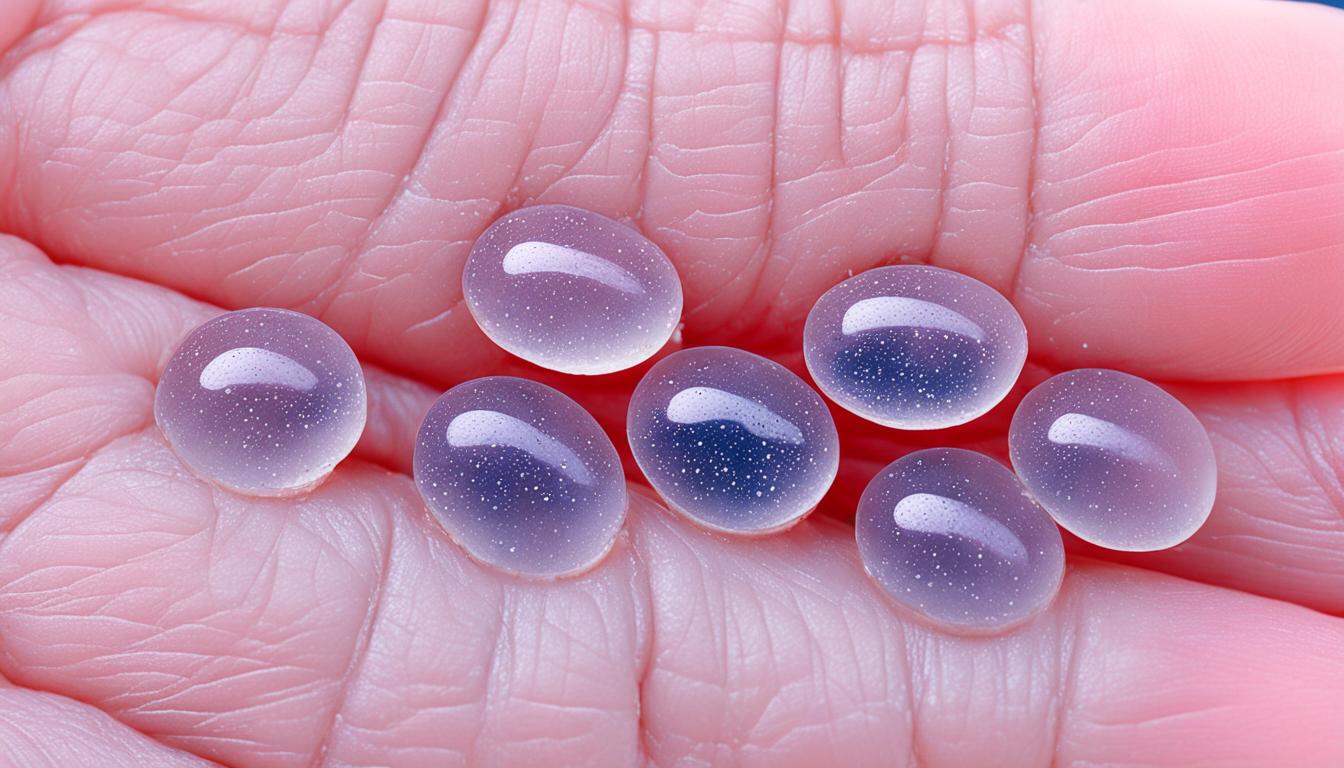Dyshidrosis is a skin problem that causes small blisters on the hands and feet. It’s also known as dyshidrotic eczema or pompholyx. The reason behind it isn’t fully understood. But it might come from things like being too warm, having allergies, or even from your genes. Stress, smoking, and too much UV light could also play a part. The blisters are itchy and can stick around for a few weeks. Sometimes they might get sore and leak fluid, which can lead to infections.
To figure out if someone has dyshidrosis, doctors look at the blisters and ask about their health. There are a few ways to help, like using special creams, taking medicine by mouth, or even light therapy. In bad cases, where other treatments haven’t worked, stem cell therapy might be an option.
Stem cell therapy, especially with mesenchymal stem cells, is showing that it could help with dyshidrotic eczema. This is because these cells can help the skin heal and change how the immune system reacts. Still, we need more studies to know if stem cell therapy really works for dyshidrosis.
Key Takeaways:
- Dyshidrosis is a skin condition characterized by blisters on the palms of the hands and soles of the feet.
- Possible triggers for dyshidrosis include sweating, allergies, genetic predisposition, stress, smoking, and exposure to UV light.
- The blisters are typically itchy and can last for 2-4 weeks, with the potential risk of infection.
- Dyshidrosis can be diagnosed based on the appearance of blisters and medical history.
- Treatment options include topical creams, oral medications, light therapy, and stem cell therapy using mesenchymal stem cells.
Symptoms and Risk Factors of Dyshidrosis
Dyshidrosis is also known as dyshidrotic eczema or hand eczema. It shows up with small, itchy blisters on the palms, sides of the fingers, and soles of the feet. You might feel a burn or itch before the blisters appear.
These blisters can start as tiny vesicles, then join to become larger, red, itchy areas. They could be painful and might get pus if they become infected. People with darker skin may see dark spots after the blisters are gone.
A family history of eczema increases your risk of dyshidrosis. This skin issue can also be more likely if you’re exposed to substances like cement or metal. Also, having allergies and conditions like asthma, as well as skin infections, can make it more possible to develop dyshidrosis.
Common Symptoms:
- Small vesicles on the palms, sides of the fingers, and soles of the feet
- Red, raised areas that may grow together
- Intense itching
- Pain and pus in severe cases of infection
- Dark spots on healed areas for individuals with dark skin tones
Risk Factors for Dyshidrosis:
- Genetic predisposition
- Personal or family history of other types of eczema
- Exposure to cement or metal
- Seasonal allergies
- Living with asthma
- Skin infections, such as athlete’s foot
- Age between 20-40 years
Diagnosis and Treatment of Dyshidrosis
When looking at dyshidrosis, doctors first look at the skin. They ask about any patterns or causes of the blisters. If they think there’s an infection, they might test for allergies or take a skin sample. The goal of treating dyshidrosis is to reduce symptoms and stop them from coming back.
For lighter cases, the doctor might recommend things you can do at home. This could be using special soaks, keeping the skin cool, using lotions, or taking medicines that lower itching. Doctors may also suggest avoiding some foods, like high-nickel or high-cobalt foods, if you’re allergic to them. In more serious cases, they may give you stronger medicines, like steroid creams or pills.
Sometimes, light therapy or botulinum toxin treatments can help. Managing stress is also key, as it can make dyshidrosis worse. Remember, there’s no complete cure, but many treatments can help control the condition. This can lead to a better life for those with dyshidrosis.

